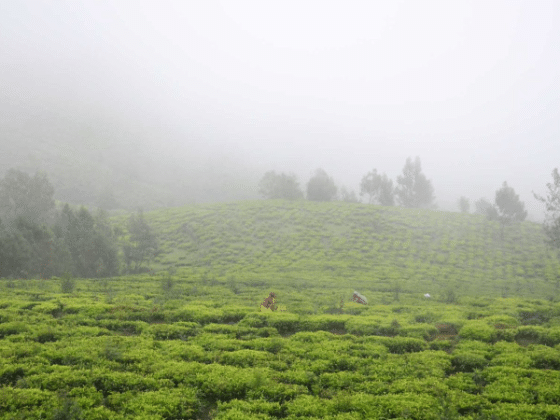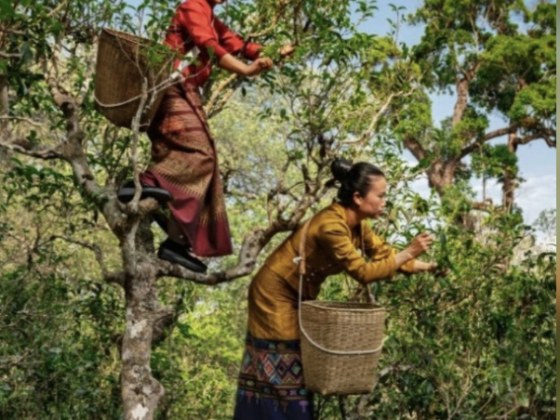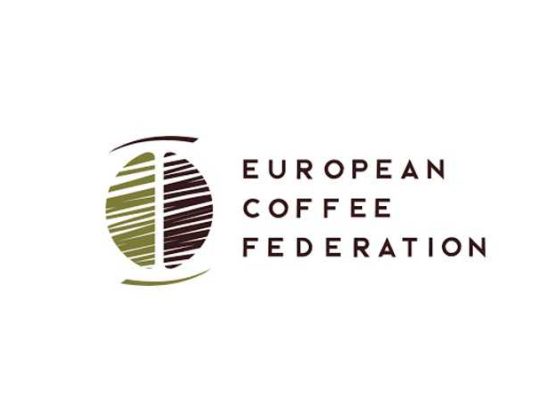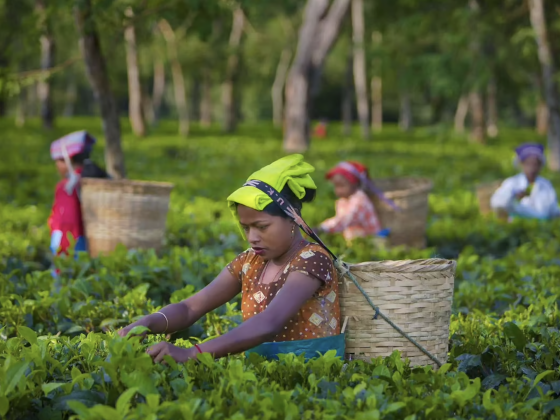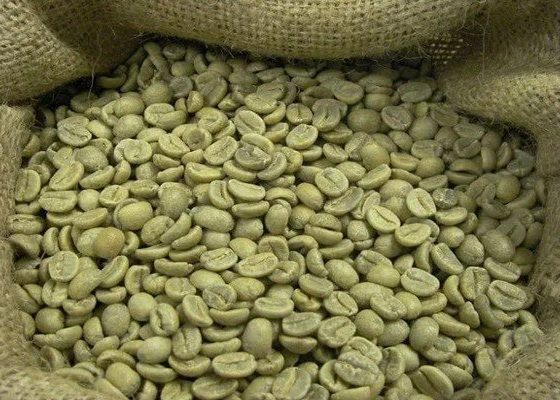Robusta coffee supplies may about match demand in the 2011-12 season that started in October on high consumption of the cheaper beans, according to Armajaro Trading Group Ltd., a supplier of sugar, cocoa and coffee.
Demand for robusta jumped 5 percent in the past year, said Sergio Tristao, president of Vitoria, Brazil-based Tristao Cia. de Comercio Exterior, an exporter and roaster. Robusta beans will account for 41 percent of global coffee consumption in 2011-12, up from 40 percent a year earlier, according to Volcafe, a unit of trader ED&F Man Holdings Ltd. The beans’ share will climb to 42 percent in 2012-13, the Winterthur, Switzerland-based trader estimated.
“If you look at the strength of Vietnamese shipments this year and the strength of the Liffe certified draw-downs, it points to the fact that robusta demand is holding up incredibly well,” Ana Vohringer Wilks, head of coffee at London-based Armajaro, said yesterday in an interview in London.
Vietnam, the world’s biggest robusta producer, may export 200,000 metric tons of coffee this month, according to figures released today by the General Statistics Office in Hanoi. That represents a 24 percent increase from the 161,000 tons shipped a year earlier, the data show.
Robusta coffee stockpiles with valid grading certificates in warehouses monitored by NYSE Liffe were 192,320 tons as of March 19, exchange data show. Inventories have been falling since reaching an all-time high of 417,420 tons on July 11.
Robusta coffee climbed 14 percent this year on the NYSE Liffe exchange in London as farmers in Vietnam held back beans and producing nations imported more from the Southeast Asian country. Prices also gained as roasters tapped beans stockpiled in Europe.
Arabica Beans
Growers in Brazil, the world’s top coffee grower and biggest producer of arabica beans, will likely harvest about 55 million bags in the 2012-13 season, according to Armajaro. That’s lower than the 60 million bags the market was estimating six to nine months ago, Wilks said.
Production in the South American country will rise as trees enter the higher-yielding half of a two-year cycle. Output there was 49.2 million bags in the current 2011-12 seaspn and 54.5 million bags in the previous high-yielding year in 2010-11, data on the website of the U.S. Department of Agriculture show. A bag of coffee weighs 60 kilograms (132 pounds).
“If you don’t have the 60 million bags, you don’t get that replenishment of stocks that you would expect in an on-cycle year,” Wilks said. She added that the arabica supply and demand balance would tighten again in 12 to 24 months as Brazil enters the lower half of the cycle in the absence of a substantial rebuilding of stocks.
Sourcing Operations
Robusta coffee is grown mainly in Asia and parts of Africa and used in instant drinks and espresso. Arabica beans are grown mainly in Latin America and are favored for specialty beverages such as those made by Starbucks Corp. Arabica beans command a premium over the robusta variety.
Armajaro Trading has set up sourcing operations in Colombia, the world’s second-biggest arabica producer, and Peru after the appointment of Pietro Dall’Acqua as head of coffee for the Americas last year, Wilks said. Dall’Acqua is based in Costa Rica. The company also plans to be operating in Guatemala, Central America’s second-biggest grower after Honduras, before the start of the new crop in October, she said.
“We continue to expand on the ground, enlarging our origin presence to meet our customers’ requirements, particularly on sustainably sourced coffee,” Wilks said.
Source: businessweek.com/news/2012-03-28/robusta-coffee-supplies-may-match-demand-armajaro-says


